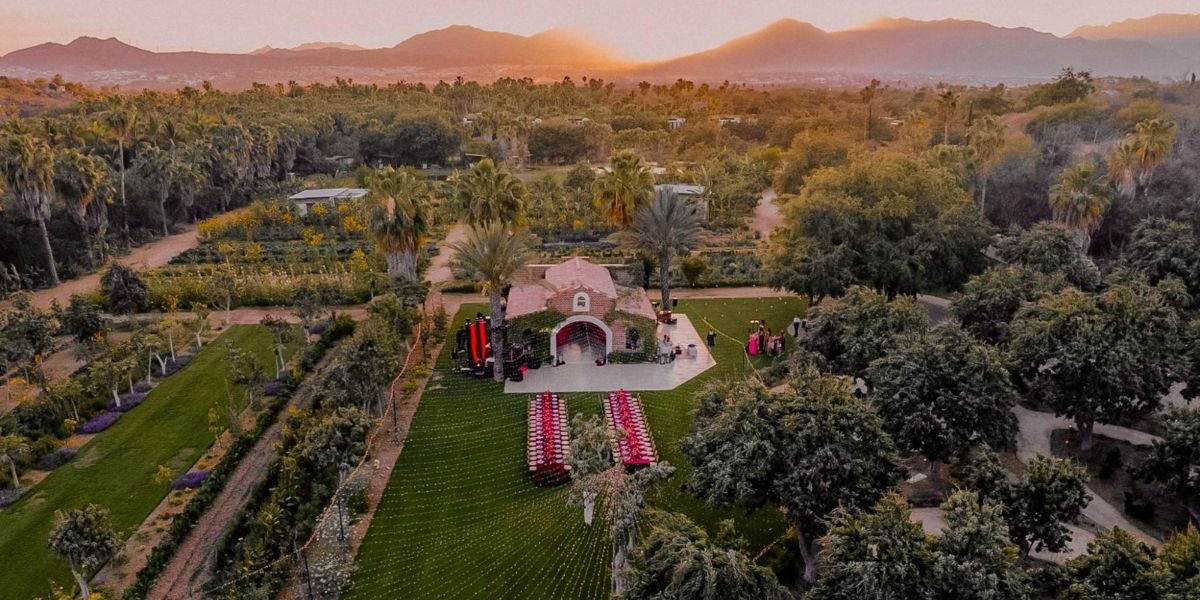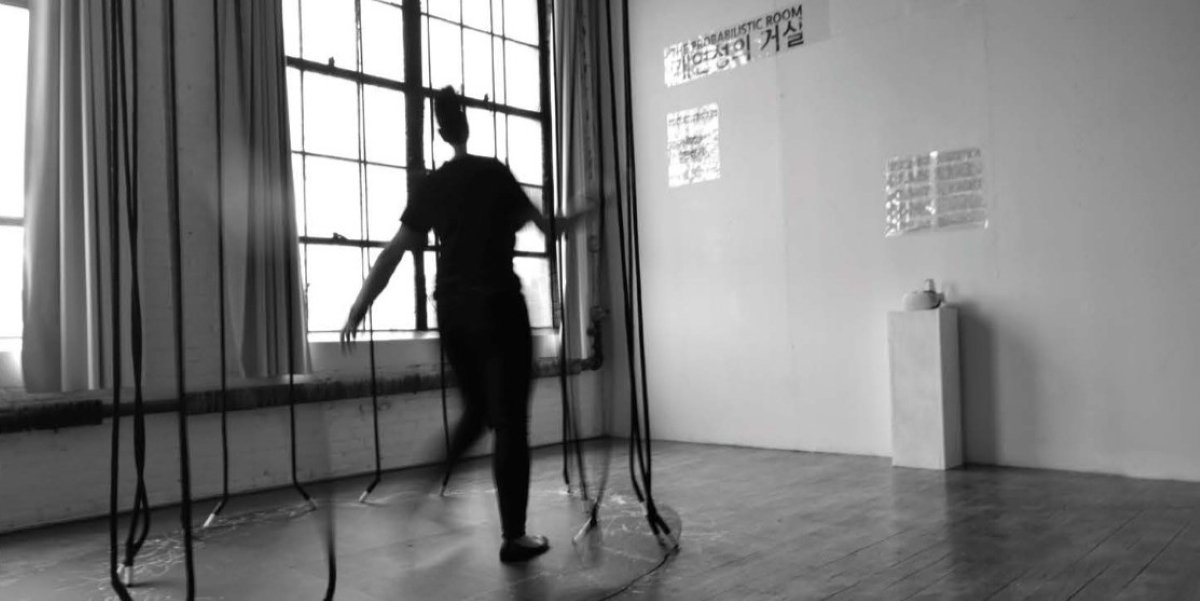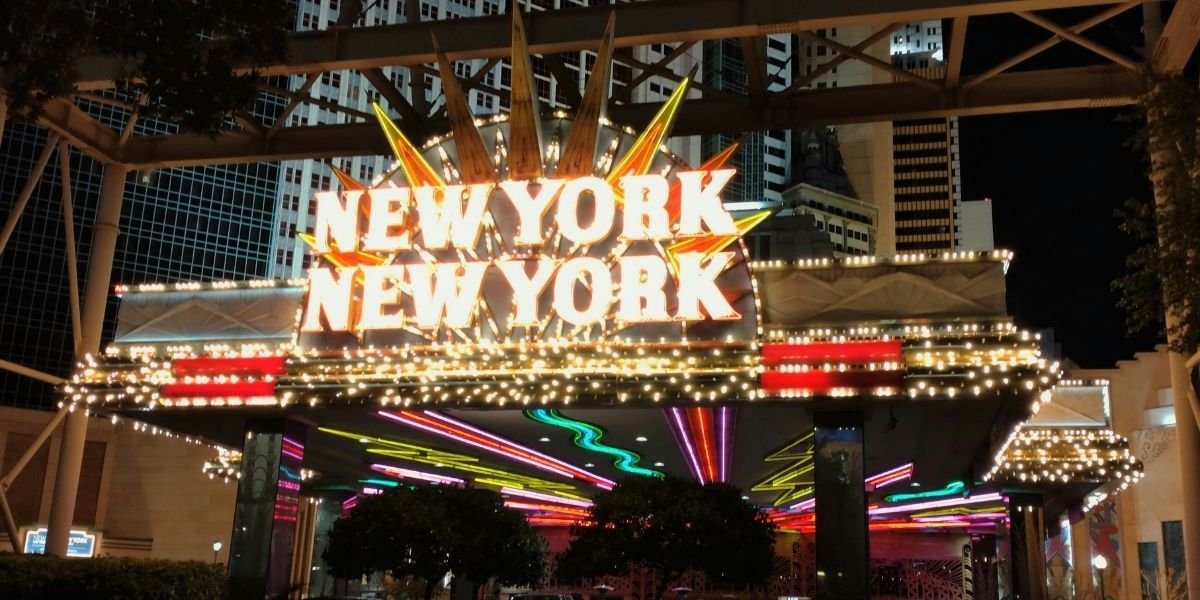There’s something powerful about coming together with others who understand what you’re going through. Whether it’s facing a personal challenge, working toward a common goal, or simply navigating life’s ups and downs, community plays a vital role in creating a sense of belonging. Through shared struggles and collective action, communities provide support, strength, and a shared sense of purpose. Let’s explore how communities foster connection, why they matter, and how you can find or build a community that makes you feel at home.
One of the most important ways communities create belonging is through shared experiences. When people go through similar challenges or experiences, they naturally form bonds with one another. For example, parents of young children often connect over the joys and struggles of raising kids, while students studying for the same exam can support each other through the stress and pressure. These shared experiences create a sense of solidarity, reminding us that we’re not alone in our struggles.
But community isn’t just about facing challenges—it’s also about celebrating successes together. When people come together to achieve a common goal, whether it’s winning a sports championship, completing a project, or organizing a community event, they create lasting memories and a sense of pride. These collective achievements strengthen the bonds between community members and reinforce their shared identity. For example, a neighborhood that works together to clean up a park not only improves the space but also builds a stronger sense of connection among its residents.
Another way communities foster belonging is through support and encouragement. When you’re part of a community, you have a network of people who can offer advice, lend a helping hand, or simply listen when you need to talk. This support can make a big difference during tough times, helping you feel understood and valued. For example, support groups for people dealing with illness, addiction, or grief provide a safe space to share experiences and find comfort in knowing others are going through similar struggles.
Communities also play a key role in empowering individuals to take action. When people come together around a shared cause, they can achieve things that would be impossible on their own. This collective action can take many forms, from organizing a fundraiser to advocating for social change. For example, the civil rights movement in the United States was driven by communities of people who came together to fight for equality and justice. Their collective efforts not only brought about significant change but also created a sense of unity and purpose among those involved.
Another important aspect of community is diversity and inclusion. A strong community welcomes people from different backgrounds, perspectives, and experiences, creating a rich tapestry of ideas and traditions. This diversity strengthens the community by fostering creativity, empathy, and mutual respect. For example, a multicultural festival that celebrates different cultures and traditions can bring people together and help them learn from one another. By embracing diversity, communities become more vibrant and resilient.
But building and maintaining a strong community takes effort. It requires open communication, trust, and a willingness to work together. For example, a successful community organization might hold regular meetings to discuss goals and challenges, encourage members to share their ideas and feedback, and create opportunities for people to get involved. This collaborative approach ensures that everyone feels heard and valued, strengthening the sense of belonging.
Another way to build community is through shared rituals and traditions. These can be as simple as a weekly potluck dinner, an annual holiday celebration, or a regular volunteer day. These rituals create a sense of continuity and connection, giving people something to look forward to and a way to mark the passage of time. For example, a book club that meets monthly not only provides a space for discussion but also creates a sense of routine and camaraderie among its members.
It’s also important to recognize and address challenges within a community. No community is perfect, and conflicts or disagreements are bound to arise. The key is to handle these challenges with respect and a focus on finding solutions. For example, if there’s a disagreement about how to allocate resources in a community organization, holding an open discussion and seeking input from all members can help find a fair and balanced solution. By addressing challenges head-on, communities can grow stronger and more cohesive.
Another way to strengthen community is through leadership and role models. Strong leaders can inspire and motivate others, creating a sense of direction and purpose. For example, a teacher who goes above and beyond to support their students can create a sense of community within the classroom, while a community organizer who advocates for local issues can bring people together around a shared cause. These leaders set an example for others to follow, fostering a culture of collaboration and mutual support.
In conclusion, community is a powerful force for creating a sense of belonging. Through shared struggles, collective action, and support, communities provide a space where people can connect, grow, and thrive. Whether you’re part of a neighborhood, a support group, or a team, the bonds you form with others can make a big difference in your life. So take the time to find or build a community that makes you feel at home. It’s a reminder that we’re all in this together, and that together, we can achieve great things.









